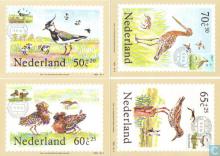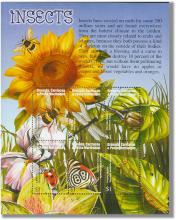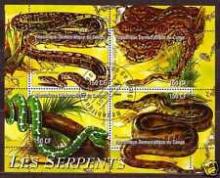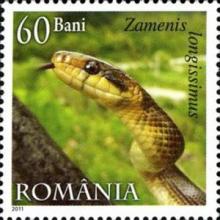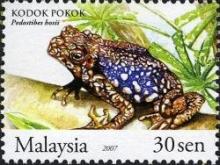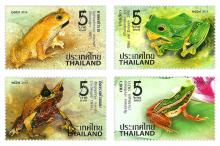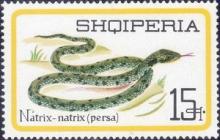Hoeveel natuur moet op het Nederlandse platteland nog worden ingeleverd voor een verbod op de neonicotinoÏden?
Met de natuur in Nederland gaat het vooral op het platteland dramatisch slecht. Dat staat in het Living Planet Report – Natuur in Nederland van het Wereld Natuur Fonds (WNF). Op het platteland zijn dierpopulaties sinds 1990 met 40 procent gedaald. Dat is vooral toe te schrijven aan de grootschalige en intensieve landbouw. Zware bemesting en pesticidengebruik, het voortdurend maaien van de monotone weilanden, stikstof uit de veehouderij en het droogmalen van polders zijn funest voor vogels en vlinders. Weilanden met diverse plantsoorten en natuurlijke plekken voor dieren om nesten te bouwen en te schuilen zijn schaars. De vogelstand in het agrarisch landschap is sinds 1960 al met ruwweg tweederde afgenomen. Weidevogels als de grutto, de tureluur en de scholekster hebben het erg zwaar. Boerenlandvogels, zoals de veldleeuwerik en patrijs, vinden te weinig voedsel door rijkelijk gebruik van bestrijdingsmiddelen. Vlinders komen op het platteland alleen nog voor in kleine versnipperde randen van weilanden, erven, bermen en op dijken. In open natuurgebieden, zoals heide en duinen, zijn populaties diersoorten sinds 1990 met gemiddeld 50 procent gedaald. Ook hier is de intensieve landbouw een belangrijke oorzaak. Door vermesting en verzuring groeien heidevelden en duinen dicht met grassen en struiken. Vogels en vlinders die afhankelijk zijn van het open landschap verdwijnen. Zo is de heivlinder sinds 1990 sterk achteruitgegaan. Vogelsoorten als de tapuit en wulp nemen af. Ook reptielen verdwijnen in heidevelden en duinen. Hoewel de aandacht voor stadsnatuur toeneemt, profiteren broedvogels en dagvlinders daar nog niet van. Die populaties zijn de afgelopen twintig jaar met gemiddeld 30 procent afgenomen. De huismus en de spreeuw doen het slecht. Amfibieën deden het jarenlang erg goed, maar nemen sinds 2008 af. Dit komt voornamelijk door de vuursalamander die vrijwel uit Nederland is verdwenen.

